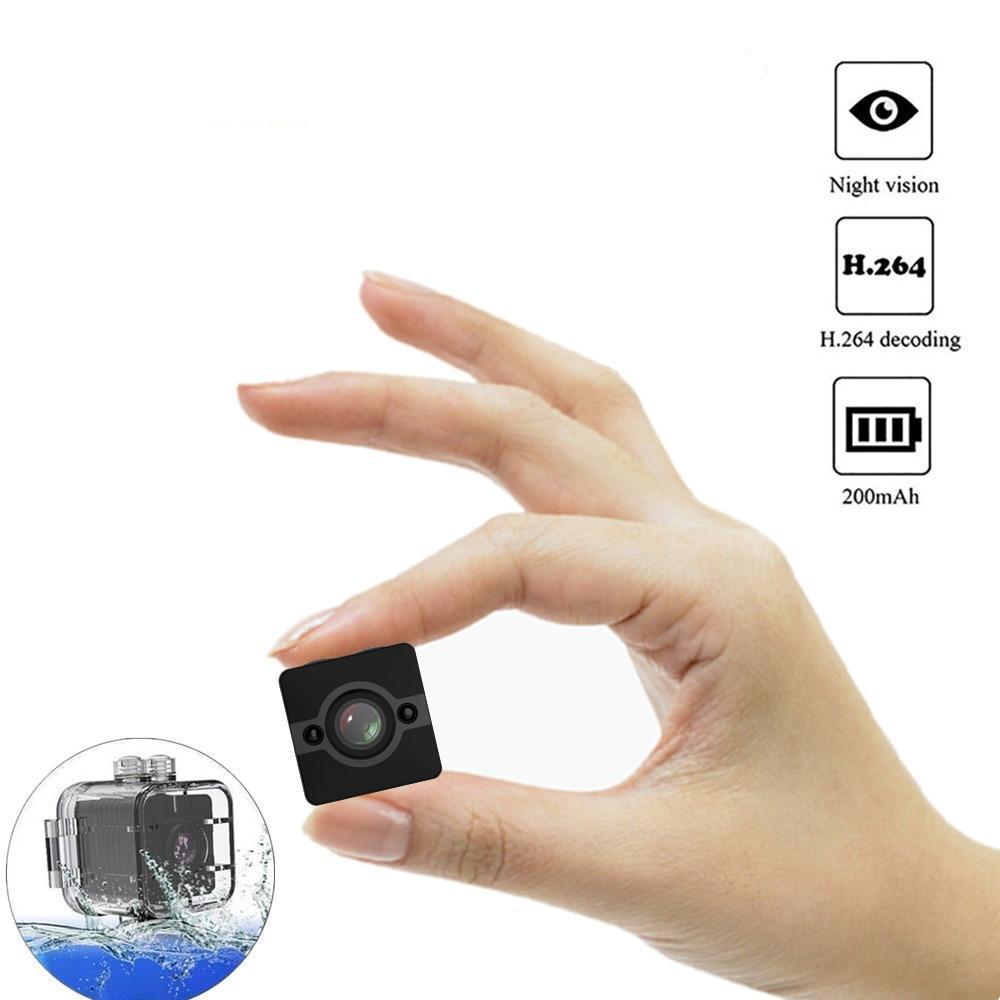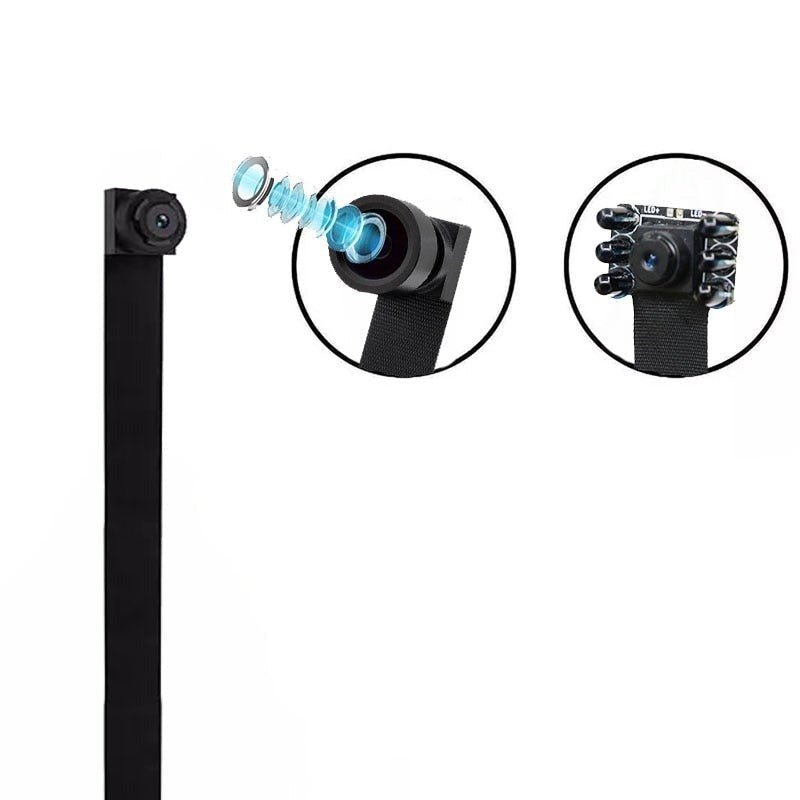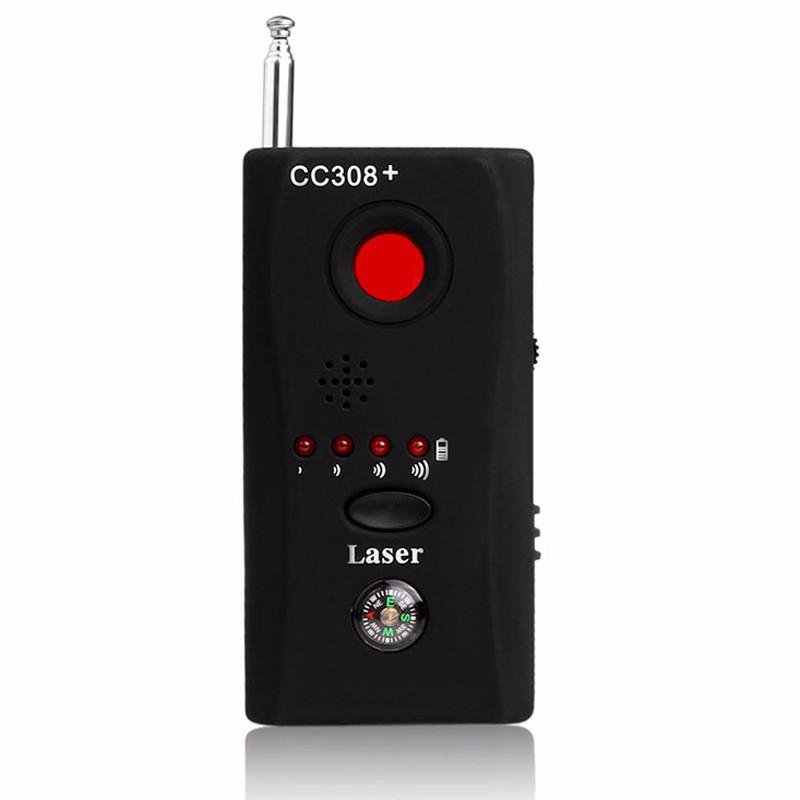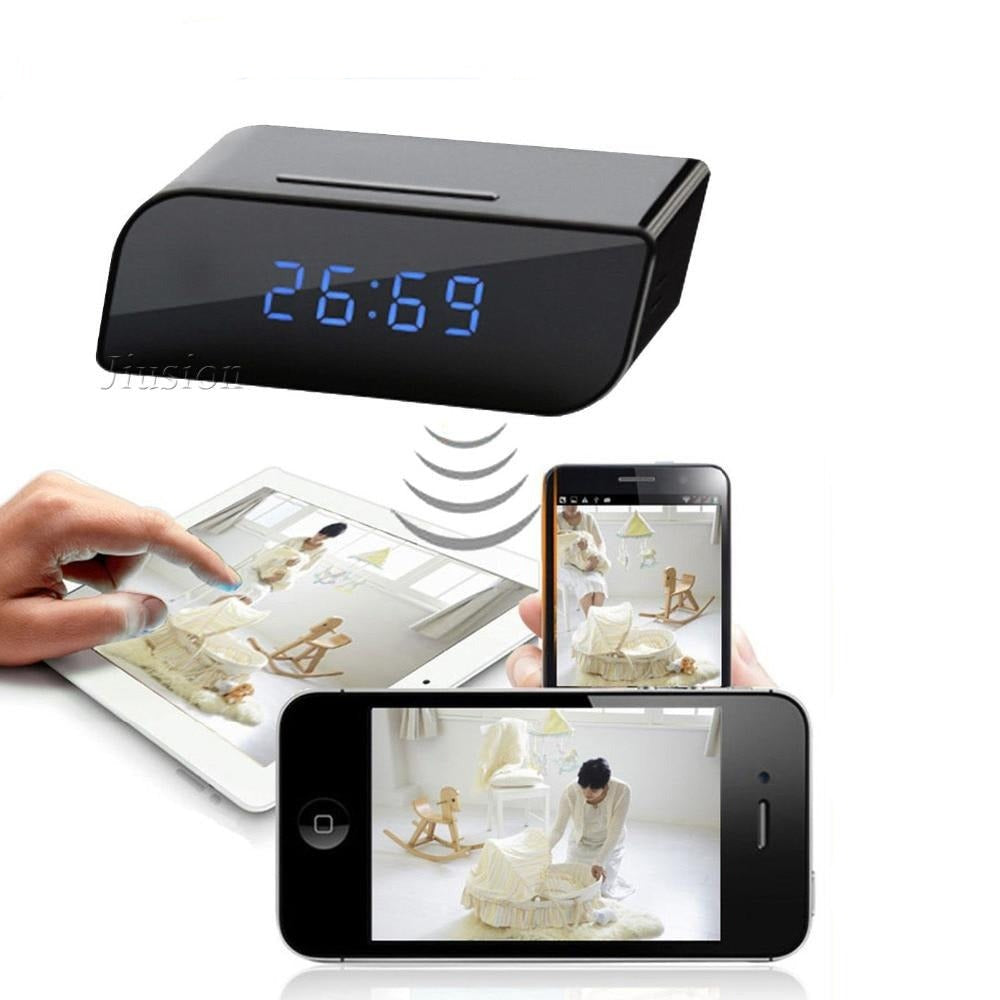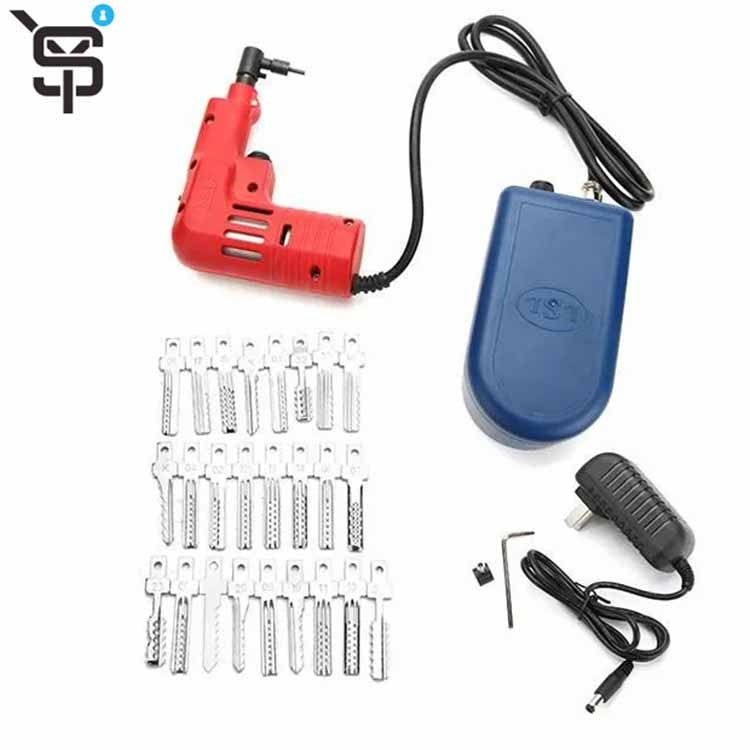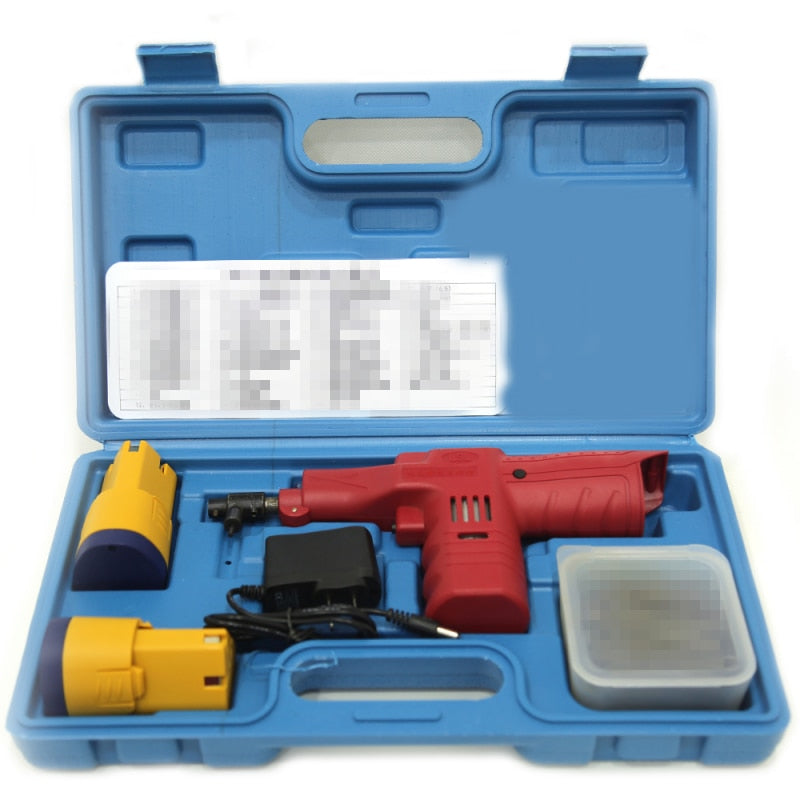
How Common are Hidden Cameras? (Statistics & Facts)
Hidden cameras are on the rise today, making it more difficult to determine when you're being recorded without your knowledge, whether you're in a workplace or a hotel.
In one survey by Inman news, respondents fessed up to have found hidden cameras in Airbnb or rental properties a surprising 1/10 times they visited! In a study in the UK - 14% have secretly recorded someone without that person knowing. Judging by this statistic, hidden cameras may be much more common than we thought, with up to 10% of homes and areas having them.
This article aims to shed light on how common hidden cameras are, their various types, uses, and the legal and ethical implications surrounding them. Additionally, we'll provide practical advice on detecting cameras in your workplace or residence.
The Prevalence of Hidden Cameras in Today's Society

Surveillance cameras are everywhere, in public spaces and commercial and industrial environments. There are around 1 billion surveillance cameras worldwide, with over half situated in China. In the United States, most cameras are located in diverse areas and regions.
Although video monitoring effectively prevents crime by utilizing facial recognition technology to identify perpetrators, it has privacy implications that cannot be ignored. Some schools have implemented surveillance cameras to monitor student activities, while others have installed CCTV systems without obtaining consent from their staff.
Regarding these concerns, law enforcement agencies must strive to balance preserving law and order while ensuring individual rights are not infringed upon. Policies must stipulate guidelines that adhere to established rules about data collection or sharing confidential information for authorized personnel only.
To spot most types of hidden cameras, you can look for lens reflection or try scanning with an infrared light source.
Types of Hidden Cameras and Their Uses
Hidden cameras are becoming more common today, with technological advancements allowing for smaller, more discreet options.
- One such option is custom-made cameras, currently the smallest and most convincing cameras on the market. These can be used for covert monitoring in both public and private places.

- Another type of hidden camera is a mini surveillance camera, which offers a discreet way to monitor activities without drawing attention to themselves. These can also be useful for small spaces, such as apartments or dorm rooms, where larger security systems may not be practical.

- Smoke detector spy cams are another popular option for hidden surveillance. These devices provide full-room coverage while remaining completely undetectable, making them perfect for areas where maximum privacy invasion is necessary.

Legal and Ethical Considerations for Using Hidden Cameras

In most states, recording someone in private settings with an expectation of privacy is illegal. However, if a person consents to be recorded or if the property owner has given permission, then it’s permissible.
On the other hand, hidden cameras are generally allowed in homes as long as rules for a reasonable expectation of privacy and one-party consent are followed. Nonetheless, putting cameras in bedrooms or restrooms is almost always not allowed.
Hidden cameras can be lawful for various purposes, such as employee monitoring or risk management, to prevent theft and ensure safety rules adherence at construction sites. However, it would be best if you had legal consultation before installation.
The application of CCTV/surveillance technologies sometimes magnifies inequities wherein vulnerable groups experience stress, especially in places wherein they expect privacy, like hospitals (breastfeeding areas), schools (shower rooms), and dormitories (shared housing).
Several elements need consideration before utilizing secret filming, like harm avoidance factors; consent should even promote dignity towards participants involved through informed consent giving them time to convey their objections force-free, respecting confidentiality without compromising trust, and weighing out the equity implications of specific protocols.
How to Detect Hidden Cameras in Your Home or Workplace

Are you worried about hidden cameras in your home or workplace? It can be a scary thought, but there are ways to detect them. Here are some steps you can take to uncover any potential hidden cameras:
First, visually sweep the room for anything that appears out of place or unusual. Check for objects such as clocks or smoke detectors that might have a camera inside them.
Next, turn off all the lights and shine a flashlight around the room. Look for any tiny blue or purple reflections that could indicate camera lenses.
If you're searching for hidden cameras, you can use a mobile app or buy a hidden camera detector that employs technology to identify wireless signals that could originate from covert cameras.
It's also crucial to examine mirrors in case they have been altered to function as one-way mirrors with hidden cameras behind them. Lastly, it's vital to recognize that privacy expectations may differ based on location.
Public areas and government buildings may have lower privacy standards than private residences and enterprises. These guidelines can shield you from covert cameras in your home or workplace. Always trust your instincts and report any suspicious behavior to the authorities if necessary.
The Impact of Technology on The Use of Hidden Cameras

With technology advancing rapidly, hidden cameras have become more sophisticated. Multispectral imaging has enabled hidden cameras to capture higher-resolution images and detect more than visible light. Wireless surveillance camera systems have also become popular due to their compact design and easy installation. However, the rise of hidden cameras also poses security risks.
The sensitivity of camera resolution has increased along with better visibility during low-light conditions. There is no question that these advanced features have made it easier for people to keep an eye on things from afar.
To prevent fraudulent activity like shoplifting, electronic article surveillance (EAS) sensors are used- they create a field of detection around stores' entry/exit points that can pick up any tags or labels that haven't been removed before an item leaves the store.
As technological advancements continue to revolutionize surveillance applications and overall safety measures, new threats will inevitably arise, including greater potential for over-reach/control/censorship purposes through networks with further-reaching abilities (like drones).
Video References
Waray Gwardia tv
Linus Tech Tips
Valid Consumer
Jay Rule Productions


